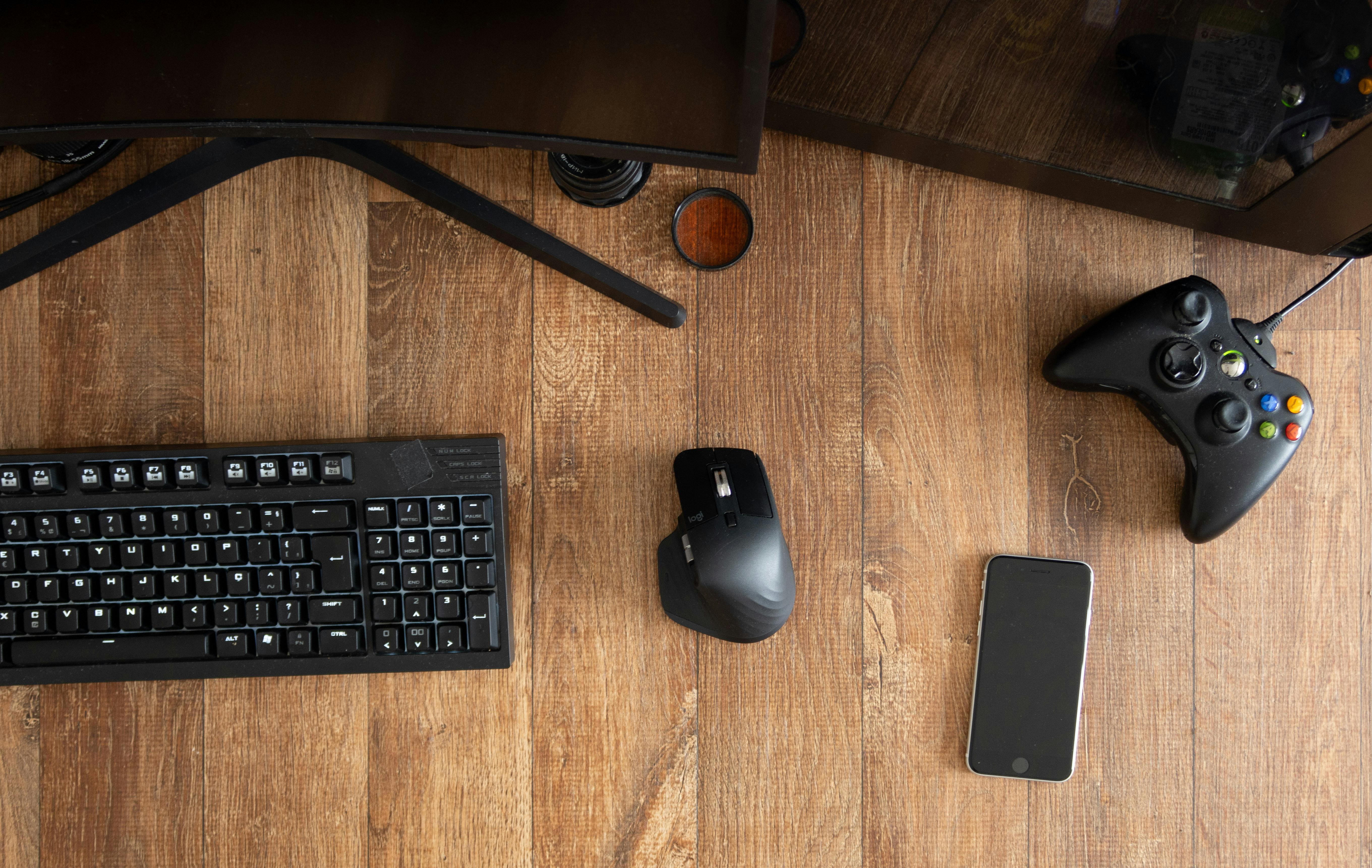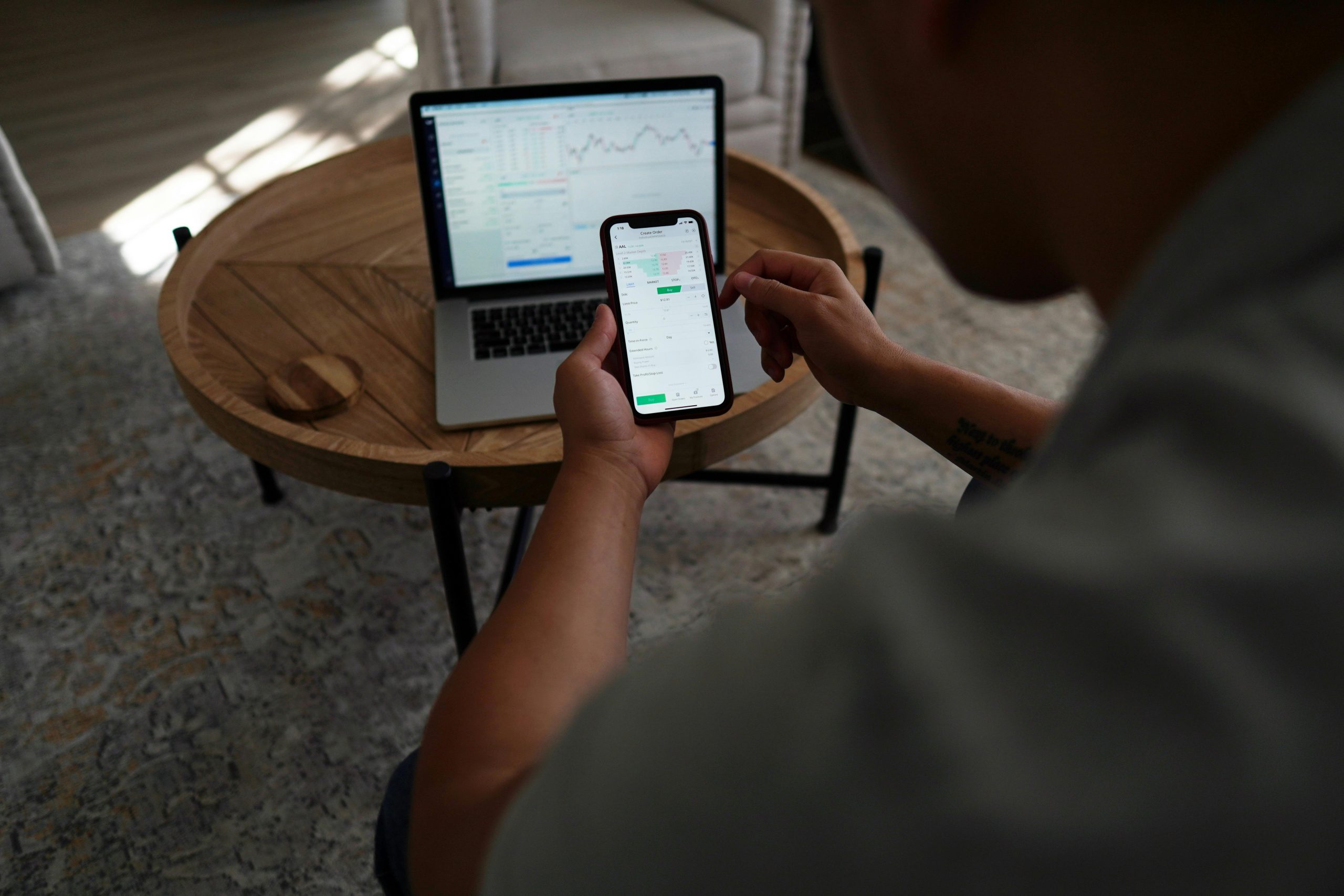Fortnite Controller on PC: The Ultimate 2024-2025 How-To Guide

Playing Fortnite on a PC with a controller offers a comfortable and familiar gaming experience for many, bridging the gap between console and PC gaming. This comprehensive guide will walk you through connecting your controller, optimizing settings, and troubleshooting common issues to ensure you have a seamless experience in the battle royale. With the game’s native controller support, getting set up is more straightforward than ever, whether you prefer a wired or wireless connection.
Connecting Your Controller to PC
Fortnite on PC supports a wide range of controllers, including official Xbox and PlayStation controllers, as well as many third-party options. The primary methods for connection are wired (USB) and wireless (Bluetooth).
Wired Connection (Recommended for Lowest Latency)
A wired connection is generally the most reliable and offers the lowest input latency, which is crucial for competitive play.
- Identify Your Cable: Most modern controllers use USB-C cables, while older ones might use Micro-USB. Check the port on your controller to determine the correct cable.
- Connect to PC: Plug the appropriate USB cable into your controller and then into an available USB port on your PC.
- Automatic Detection: Windows should automatically detect the controller and install the necessary drivers. You might hear a notification sound, and the controller’s light should indicate a stable connection.
- In-Game Confirmation: Once connected, launch Fortnite. The game should natively recognize most Xbox and PlayStation controllers. You can verify this by going into Fortnite’s settings and checking the controller options.
Wireless Connection (Bluetooth)
For a wireless experience, Bluetooth is the way to go. Ensure your PC has Bluetooth capabilities; if not, a Bluetooth adapter can be used.
- Enable Bluetooth on PC: Go to your PC’s settings, navigate to “Bluetooth & other devices,” and ensure Bluetooth is turned on.
- Pair Your Controller:
- Xbox Controller: Press and hold the small circular button on the top of the controller until the Xbox button flashes rapidly.
- PlayStation Controller: Press and hold the PS button and the Create (Share) button simultaneously until the light bar flashes.
- Add Device in Windows: In your PC’s Bluetooth settings, click “Add device” and select “Bluetooth.” Your controller should appear in the list. Select it to pair.
- Steam Controller Support (If Needed): While Fortnite often detects controllers automatically, some may require Steam’s controller support.
- Close Fortnite.
- Open Steam.
- Go to Steam > Settings > Controller.
- Enable “PlayStation Configuration Support” or “Xbox Configuration Support” as needed. You might need to set it to “Enabled in games without support.”
- Ensure Steam remains open in the background while playing Fortnite.
Configuring Your Controller Settings in Fortnite
Once your controller is connected, you’ll want to fine-tune the in-game settings for optimal performance. Fortnite offers a robust set of customization options.
Controller Presets
Fortnite provides several pre-set controller configurations designed for different playstyles:
- Builder Pro: Highly recommended for efficient building and editing, favored by many competitive players.
- Combat Pro: Optimized for combat scenarios.
- Old School: A more traditional layout.
- Custom: Allows you to remap every button to your preference.
To access these, go to Settings > Controller Options > Controller Bindings.
Sensitivity Settings
Sensitivity is crucial for aiming and building. Experiment to find what works best for you. Many professional players recommend starting with a Look Sensitivity around 4 and an ADS (Aim Down Sights) Sensitivity around 2, then adjusting from there.
- Look Sensitivity: Controls how fast your camera moves when not aiming.
- Aim Sensitivity (ADS): Controls how fast your camera moves when aiming down sights.
- Build Mode Sensitivity Multiplier: Affects sensitivity while building. Many players increase this for faster building.
- Edit Mode Sensitivity Multiplier: Affects sensitivity while editing. Similar to build mode, a higher multiplier can speed up edits.
Advanced Options: Enabling advanced options provides more granular control, including:
- Look Horizontal/Vertical Speed: Fine-tune your look speed.
- Turning Horizontal/Vertical Boost: Adds a speed boost when moving the stick further. Some players prefer this off for consistency.
- Look Input Curve:
- Linear: Provides a direct, one-to-one input from your thumbstick movement.
- Exponential: Starts slower and speeds up as you move the stick further, offering a smoother feel for some.
- Aim Assist Strength: This is vital for controller players. It’s recommended to keep this at 100% for the strongest aim assist.
Many pro players utilize settings like 43% Look Horizontal Speed, 43% Look Vertical Speed, and 6-7% ADS Look Horizontal/Vertical Speed, with Linear input curve and 100% Aim Assist Strength.
Other Key Settings
- Controller Auto-Run: Setting this to “On” allows you to sprint without holding the sprint button.
- Build Immediately (Builder Pro): Recommended to be “On” for faster building.
- Edit Hold Time: Lowering this to around 0.100 seconds allows for quicker edits.
- Vibration: Most competitive players turn this “Off” as it can interfere with precise aiming.
- Ignore Controller Input: Ensure this setting is turned “Off” in the Mouse & Keyboard settings to prevent the game from ignoring your controller input.
Recommended Controllers for Fortnite PC (2024-2025)
Several controllers are highly regarded for their performance and features in Fortnite:
- Xbox Elite Wireless Controller Series 2: Praised for its premium build, customization options (swappable thumbsticks, paddles), and ergonomic design.
- PlayStation DualSense Edge: Offers advanced customization, including back buttons, swappable thumbsticks, and adjustable trigger sensitivity, providing a competitive edge.
- Razer Wolverine V2 Pro/Chroma: Known for its remappable buttons, trigger stops, and comfortable design, making it a strong contender for PC players.
- SCUF Instinct Pro: Offers esports-focused features, customization, and a comfortable grip, similar to the Xbox Elite.
- PowerA Controllers: Provide good value and performance, with models like the OPS v3 Pro offering features like Hall Effect sticks for enhanced durability.
Troubleshooting Common Controller Issues
If your controller isn’t working as expected, here are some common troubleshooting steps:
Controller Not Detected
- Check Connections: Ensure the USB cable is securely plugged in, or that Bluetooth is properly paired. Try a different USB port or cable.
- Restart Devices: Restart both your PC and the controller.
- Update Drivers:
- Go to Device Manager (search for it in the Windows search bar).
- Locate your controller (often under “Xbox 360 Peripherals” or similar).
- Right-click and select “Update driver,” then choose “Search automatically for drivers.”
- Reinstall Device: In Device Manager, right-click your controller and select “Uninstall device.” Then, unplug and replug the controller to force Windows to reinstall drivers.
- Steam Configuration: If using a wireless controller, ensure Steam’s controller support is enabled and configured correctly.
Input Lag or Unresponsive Controls
- Wired Connection: Prioritize a wired connection for the lowest latency.
- Close Background Applications: Unnecessary programs running in the background can consume resources and cause lag.
- Check Game Settings: Ensure “Ignore Controller Input” is turned off in Fortnite’s Mouse & Keyboard settings.
- Update Graphics Drivers: Outdated graphics drivers can sometimes impact overall system performance, including input responsiveness.
Aim Assist Not Working
Aim assist is a crucial feature for controller players. If you’re not experiencing it:
- Enable Advanced Options: In Fortnite settings, go to Controller Options and enable “Advanced Options” under Sensitivity.
- Set Aim Assist Strength to 100%: Within the advanced sensitivity settings, ensure “Aim Assist Strength” is set to 100%.
- Check Input Settings: Verify that “Ignore Controller Input” is off and that your controller is correctly recognized by the game.
- PC Specifics: Some users have reported that aim assist can feel less potent on PC compared to consoles, or may require specific configurations. Ensure your controller is set to the correct platform type in Fortnite’s settings if applicable.
Conclusion
By following this guide, you should be well-equipped to connect and optimize your controller for Fortnite on PC. Experiment with the settings, find the controller that best suits your playstyle, and enjoy the competitive advantage that a well-configured setup can provide. Happy gaming!









